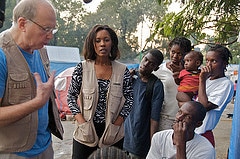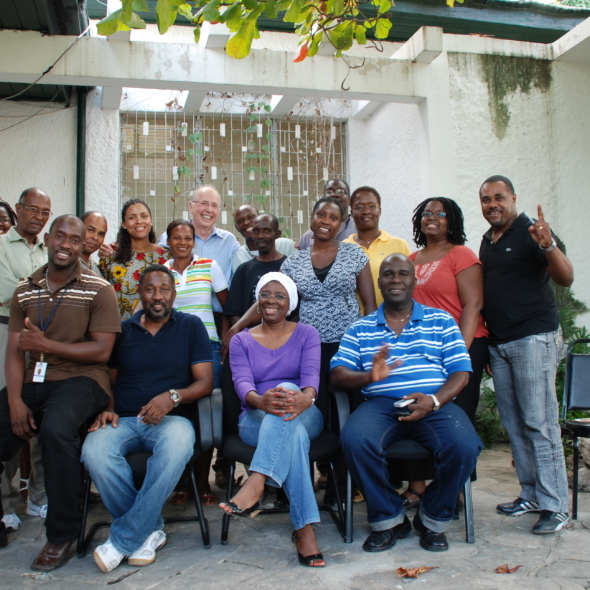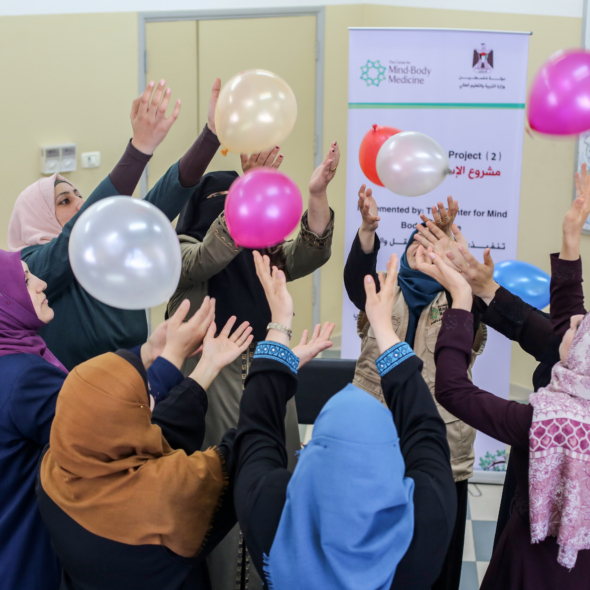
As the anniversary of Haiti’s catastrophic January 12, 2010, earthquake approaches, physical and emotional symptoms that were ebbing or had disappeared, are rising. We hear it everywhere as we– Linda Metayer, our Haiti program director, and I–move through a day of visits and talks with staff at the General Hospital and the Ministry of Health, as well as with kids and adults in tent camps in Petionville, a suburb of Port-au-Prince that is a city of half a million.
Headaches have intensified, and sleep is ever more disturbed by sudden awakenings and half remembered nightmares. Irritability and anger sweep people away in rage at children, who are themselves agitated by neighbors who are too close and too ever-present, too troubled and helpless, too painfully mirroring their own suffering.
Everyone knows in their bodies, as well as from the calendar, that the anniversary is coming, but there is little plan for public ceremony that might make remembrance and mourning easier, and bring hope for a happier future. The program that Linda Metayer and Rene Domercant (a Ministry of Health official who attended our first training in December) have organized at the General Hospital is a happy exception.
After an introduction by Dr Jocelyn Pierre-Louis, one of the Ministry of Health’s leaders and a strong supporter of CMBM’s program, Linda, Rene and I speak. Our talks are nicely paired: Linda and I discuss the extent of psychological trauma and the practical steps people can take to heal themselves and their communities psychologically, and I teach slow, relaxing soft belly breathing and get everyone to move their body. A number of these professionals appreciate the immediate effectiveness and ease of the techniques – “I feel so calm,” says one; “So calm I went to sleep,” adds another, and everyone laughs, recognizing the tension that keeps them awake and the need for rest. “I felt tears come,” another woman adds – all the emotion that needs to be released, I suggest, and she nods.
Afterwards Rene, who is an engineer as well as a psychologist, shows slides from a manual for safe rebuilding: foundations propped and buttressed so they are no longer unbalanced and unstable, second stories supported by first floors that have sustaining walls. Each slide is paired a “Don’t” in red which can lead to collapse in a future earthquake, a “Do” in green – the safe way to sustain a dwelling and save lives. These slides will be shown everywhere in Haiti and distributed in booklets, Rene tells us.
What a pleasantly surprising symmetry and pairing: principles and building blocks for new safe houses, and for emotional and physical self-care–a hopeful beginning for the new year.
To be continued tomorrow–the anniversary of the Haiti earthquake . . .


